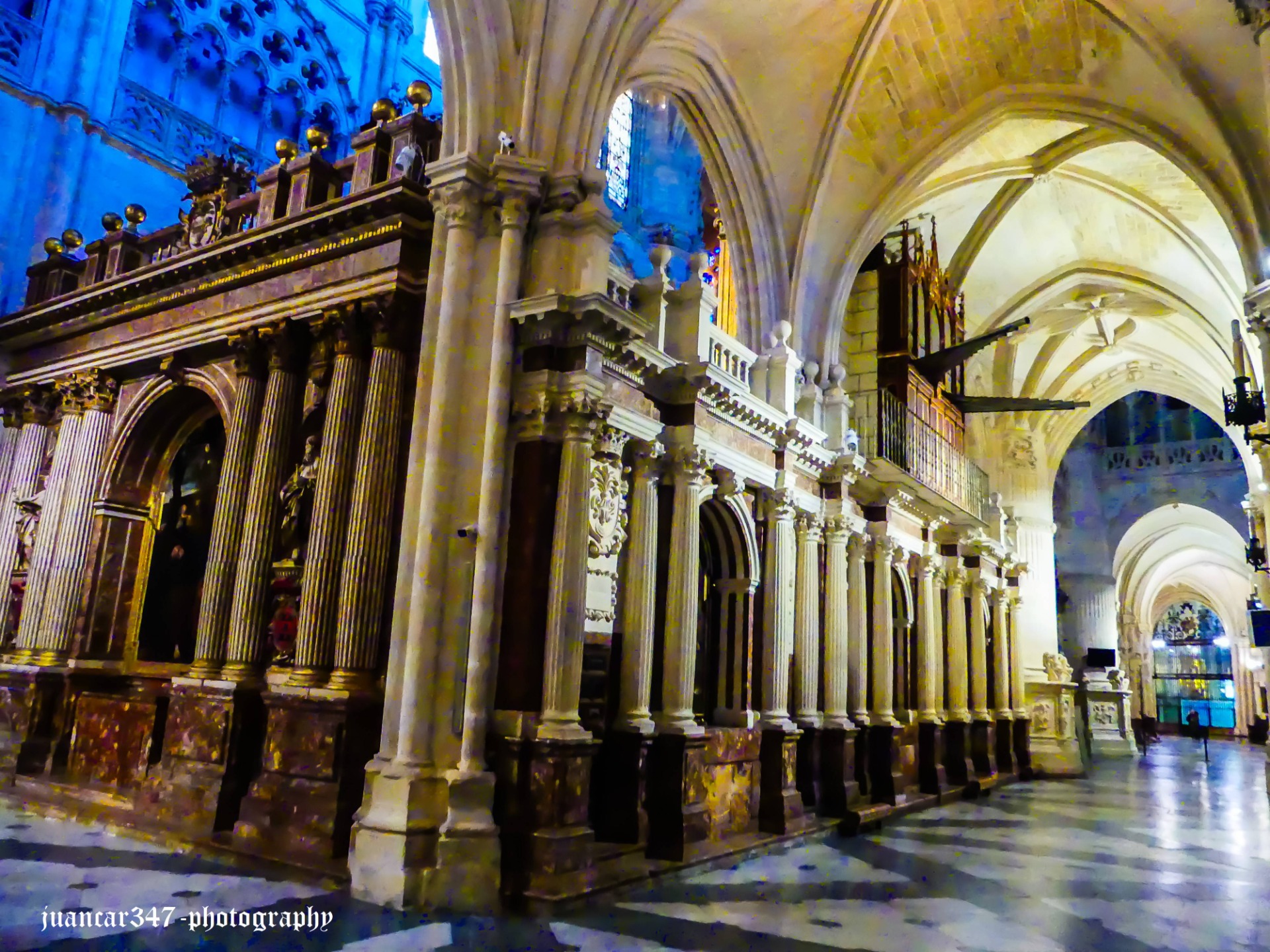
Fascinating, as much of his mysterious life was, the enduring imprint of the work of one of the greatest geniuses of the Renaissance, and by deserved extension, of the world, can also be followed in one of the most charismatic places in Spain: Burgos.
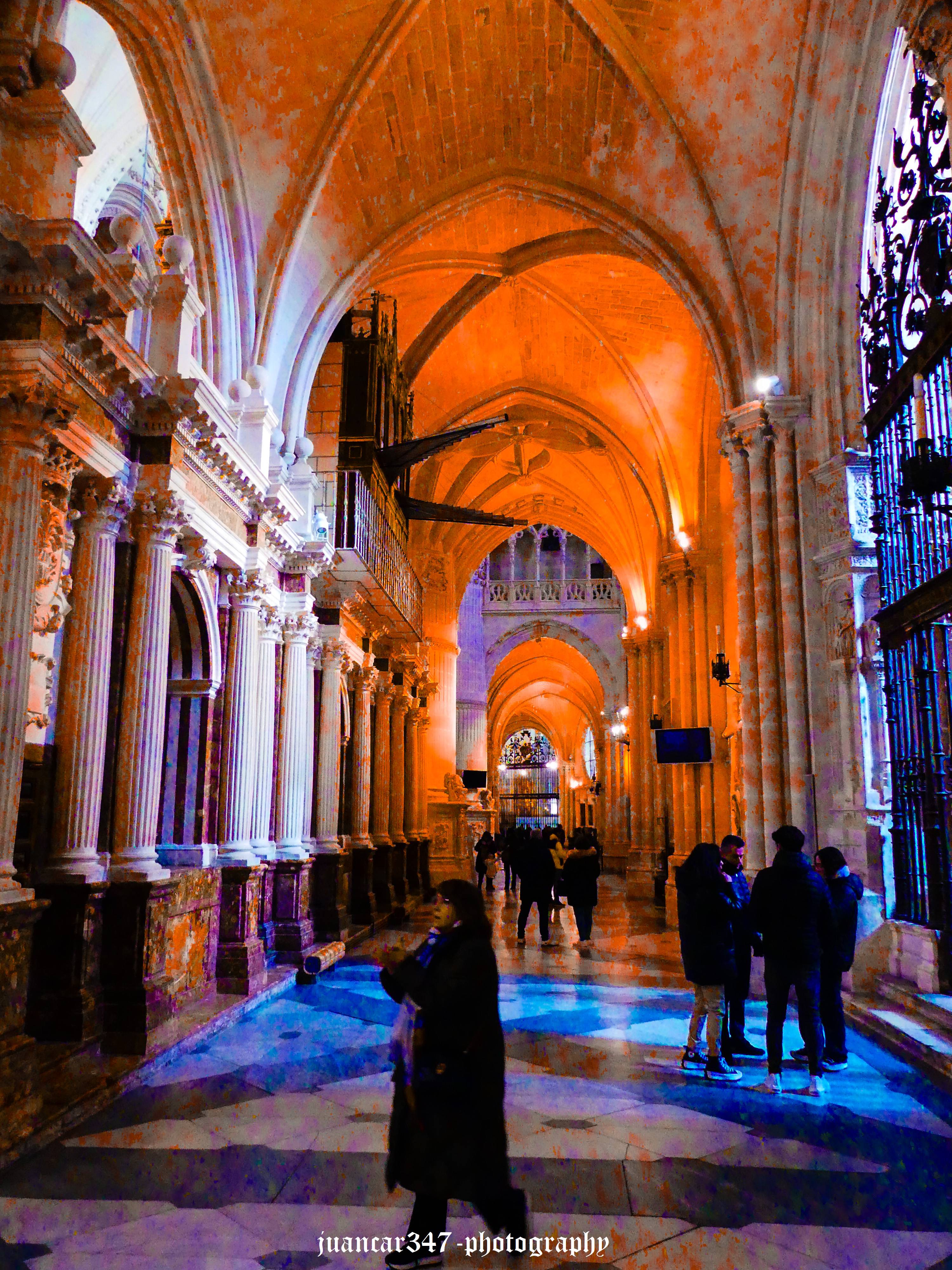
Although, unlike that emporium of superb nature and empirical hidden knowledge, which is undoubtedly the sacred mountain of Montserrat, there is no documentation, neither historical nor legendary, to support Leonardo's physical presence in this Castilian capital.
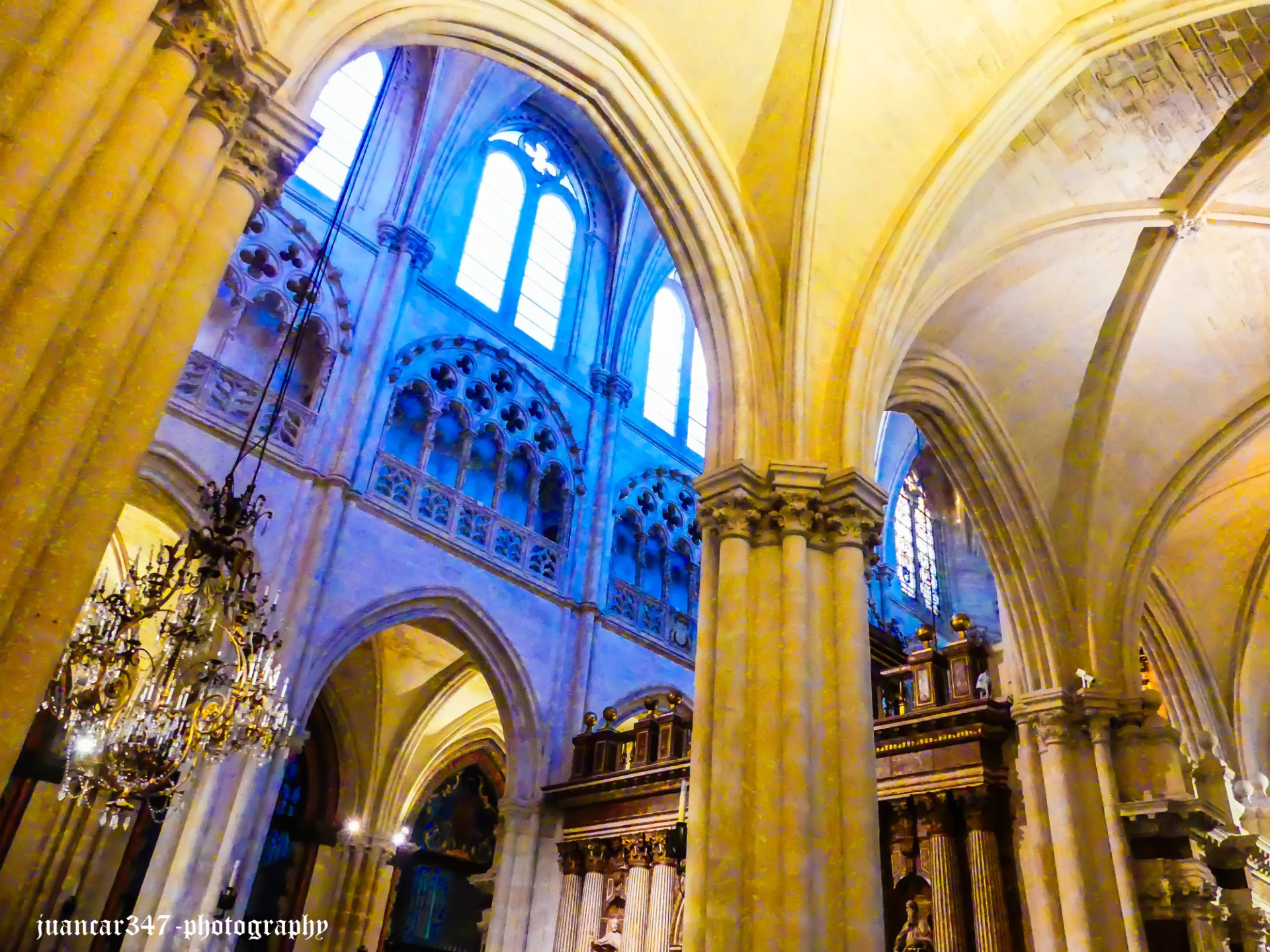
However, there are traces of his genius in commendable and, above all, invaluable works of art, of priceless value, which, unfortunately, often go largely unnoticed by the general public.
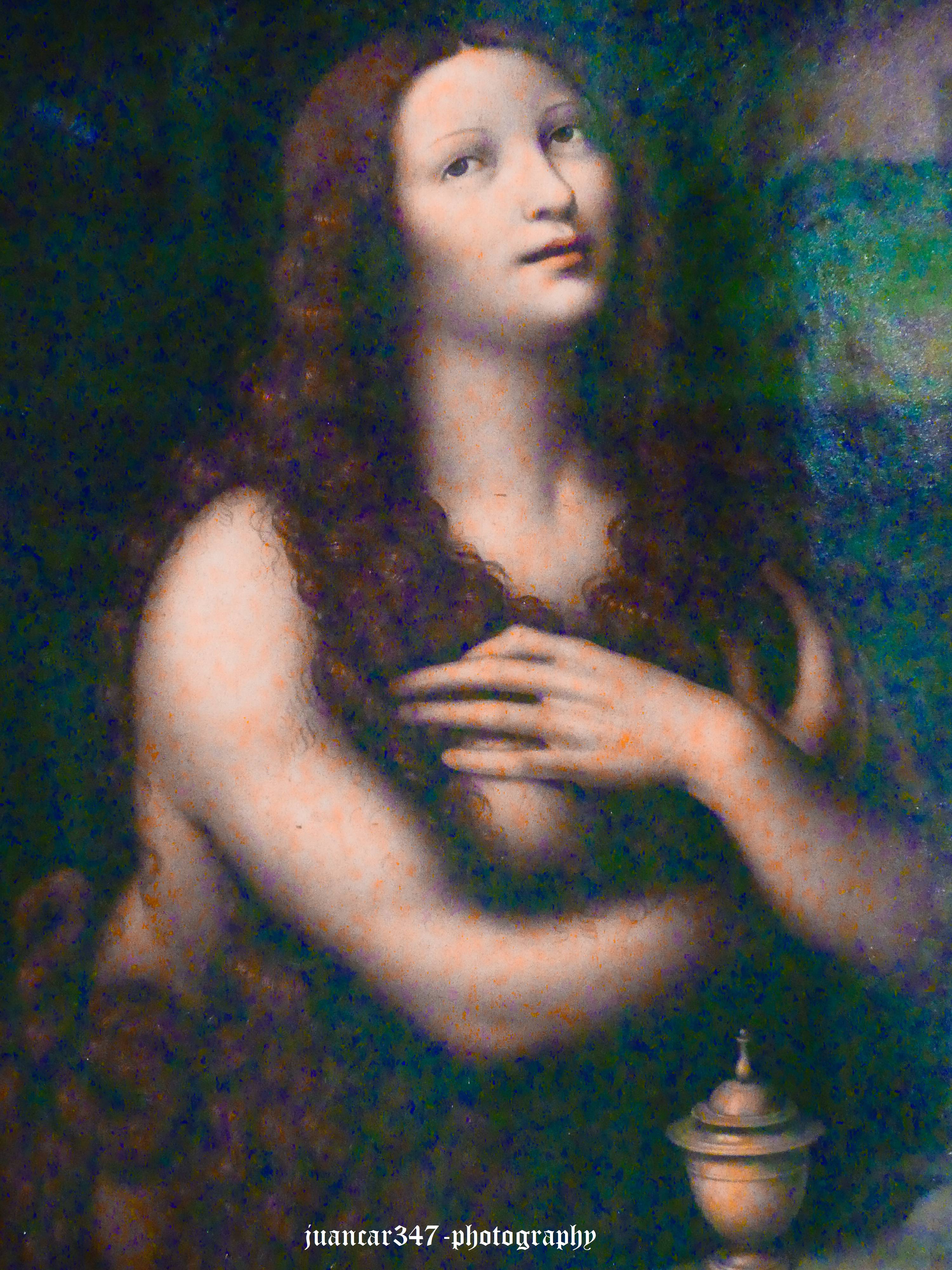
This would be the case, for example, of a small but wonderful oil on panel painting, executed between 1515 and 1520, which, although attributed to Giovani Piedtro Rizzoli, one of his most significant students, is known to have been designed and supervised by the Master himself; that is, by Leonardo da Vinci himself.
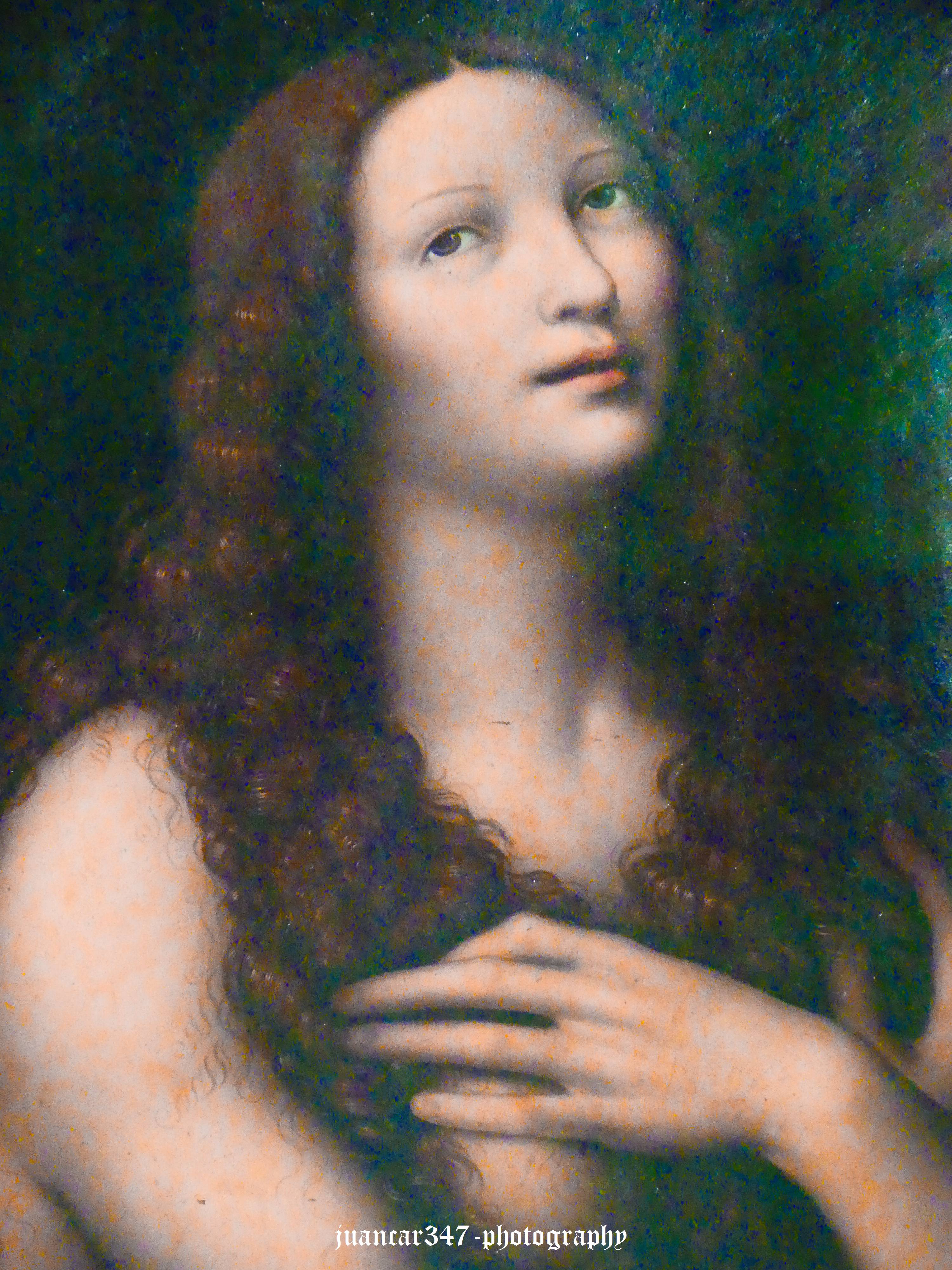
Given the monumental and artistic importance of the location of the Constables' Chapel, and its location on one of the walls that forms a corner with the elaborate entrance gates, its presence is somewhat diminished and completely overshadowed by the magnificent tombs of the Constables and the marvelous, monumental, and surprising star-shaped dome that crowns it.
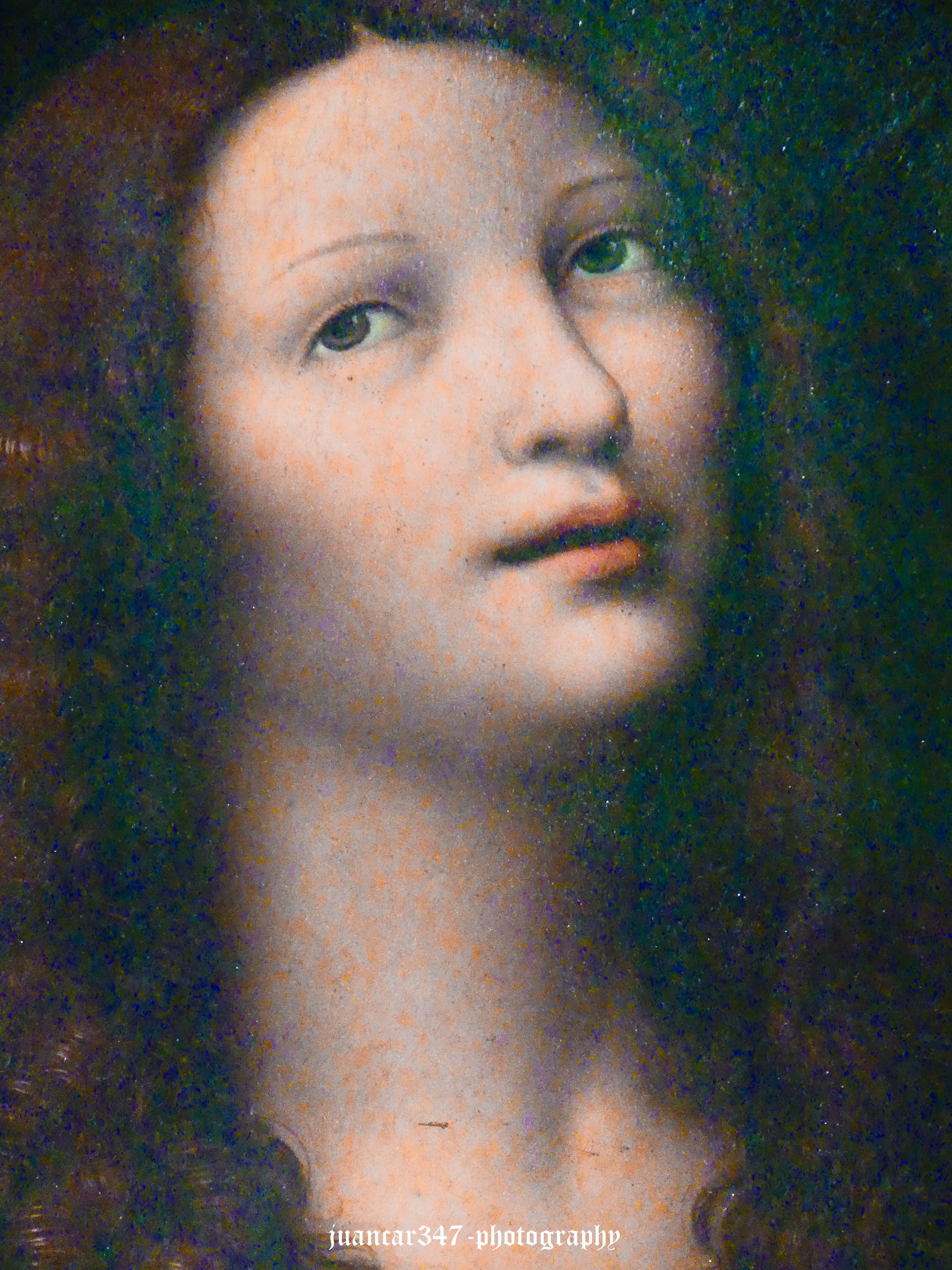
But once located, it induces a seductive contemplation, because, even showing one of the most controversial figures in the history of Christianity and beyond, in world history, Mary Magdalene, we see in her that familiar disposition of Leonardo's face, with a familiarity, a mischief, and a hidden mystery, which takes us back not only to that wonderful Mona Lisa, analyzed even by Freud, but also to that other marvelous young adolescent Savior, painted by another of his privileged students, the prolific Giovanni Antonio Boltraffio, who makes us think, even resorting to the powerful paths of speculative reverie, of that androgynous ambivalence of Leonardo's works, in what, possibly, even C.G. Jung would have seen as a perfect conjunction of opposites: the definitive balance between two soul concepts tending toward reconciliation: the anima and the animus.
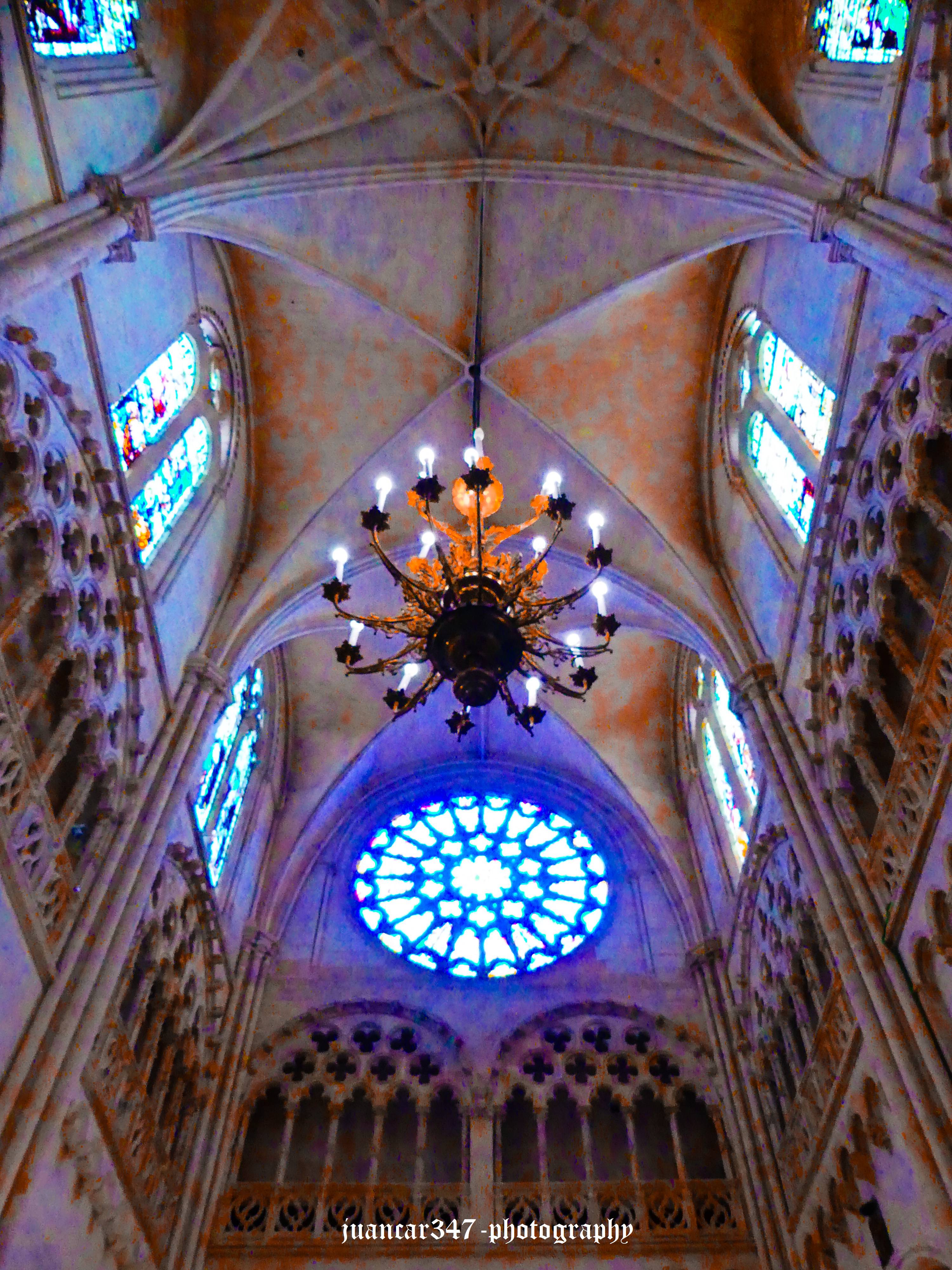
In short: a must-have for any lover of cultural tourism, and also a source of speculation, which should never be lacking when visiting something as imposing and spectacular as the wonderful Cathedral of Santa María de Burgos.
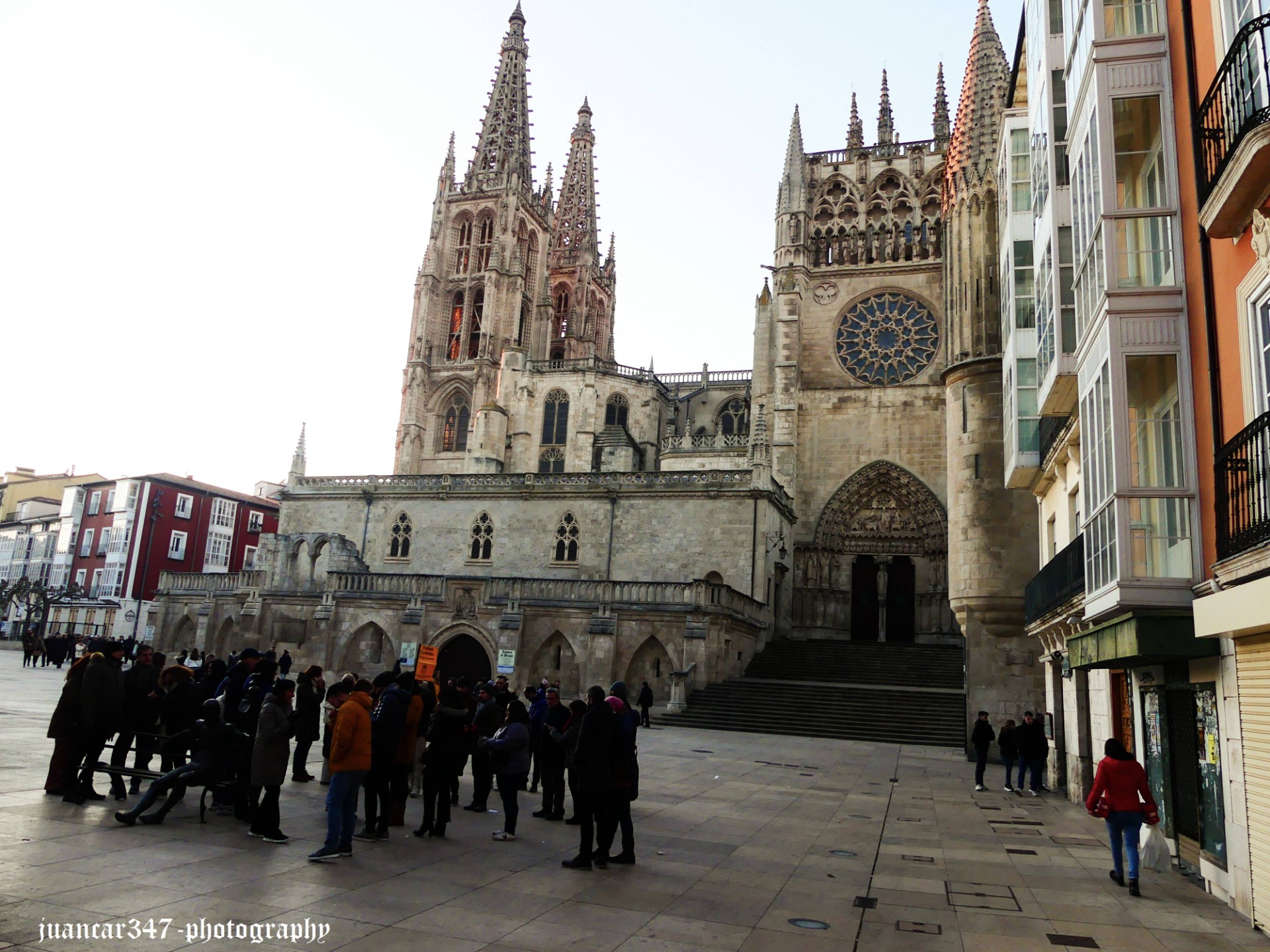
NOTICE: Both the text and the accompanying photographs are my exclusive intellectual property and are therefore subject to my copyright.
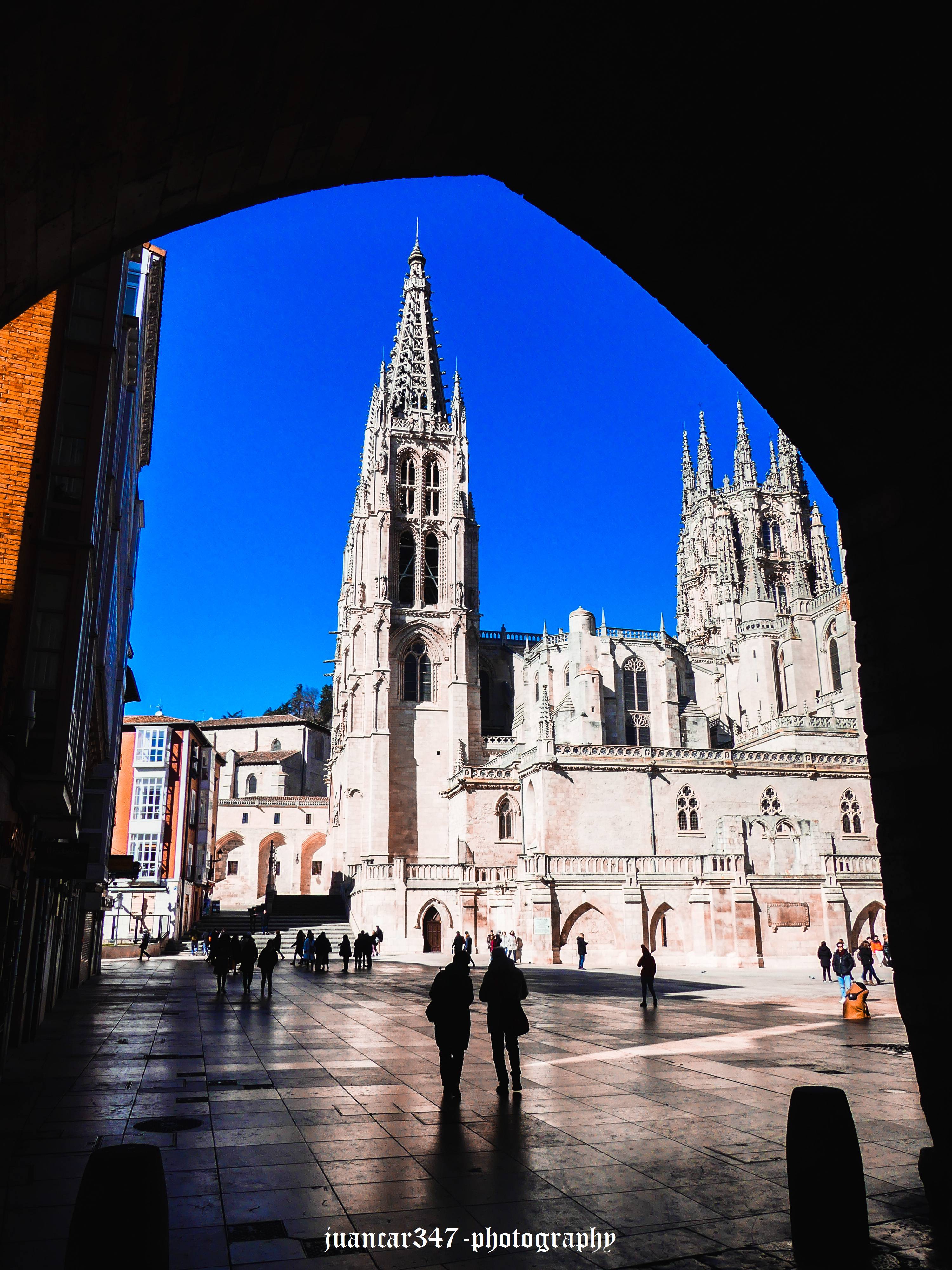
View this post on TravelFeed for the best experience.